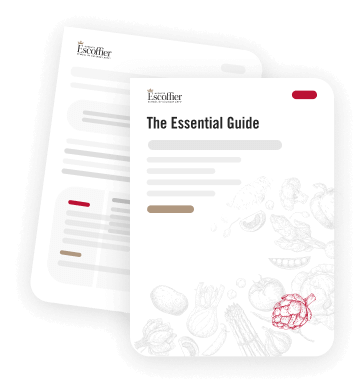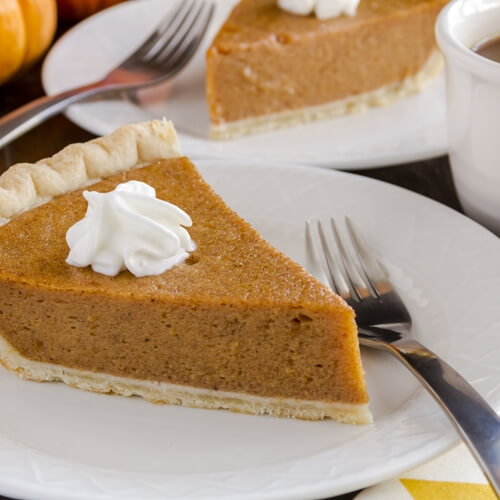Pumpkin Baking 101

Every autumn season, as the leaves begin to change and and colder temperatures roll in, one ingredient returns to the forefront of cooking: the pumpkin. From pies and cookies to scones and pancakes, the pumpkin is at the center of fall menus, in the same way hot dogs serve that role for summer. Yet despite how often it appears on menus everywhere, there are a few considerations before you start carving up that pumpkin for use in your favorite recipe. Make note of the following ways to prepare any pumpkin:
Clean and cook
Regardless of the final recipe, you’re going to have to clean and then cook the actual pumpkin before any other step. The cleaning process begins by scrubbing the outside of the pumpkin with a vegetable brush; if you don’t have one of those, the softer side of a dish sponge would also work. For the final step, cut the pumpkin in half and scoop out the seeds and fibers with any serrated spoon.
For cooking, it’s best to cut the two halves into four quarters, as it cuts down on the overall cooking time and makes for more evenly baked pumpkins overall. The optimal temperature is right around 325 degrees Fahrenheit, which leaves the pumpkin with a nice crispy outer layer. Once the chunks have cooled, scoop out the inner flesh from each.
Alternate methods
While baking is perhaps the most popular way to prepare a pumpkin, you do have a few other choices. Those options include:
- Roasting whole: As you might have guessed, you won’t cut the pumpkin in half, which some say will help to create a more flavorful pumpkin. As a rule, you should be roasting at 250 degrees Fahrenheit for about two hours, or until the pumpkin’s quite tender.
- Microwave: This is perhaps the most easy way to cook a pumpkin, usually taking about 15 minutes or so. It works best if the pumpkin has been halved and rests in a glass bowl.
- Boiling: Once a pumpkin has been cut into two, you’ll need to chop it up into smaller cubes. Depending upon the size – handful-sized chunks are best – they should boil in 15 to 30 minutes.
Pumpkin puree
For the most part, purees are perhaps one of the more important part of any pumpkin-centric recipe. That’s because the puree is the basis for many stews, soups and desserts, like pies and pudding. To make a truly great puree, you’ll need to prepare the pumpkin using one of the above methods, though many puree recipes call for the baking option. Either way, you want the most crispy and tender pumpkin possible, as those are the ones with the easiest peeling skin. Chop the pumpkin into smaller chunks and then pour into the blender. You want to blend the pieces until it’s a totally smooth concoction; if it looks especially dry, you can add in a tablespoon of water at a time until it’s got a better consistency. If you’re not going to use the puree right away, freeze it, where it should remain perishable for three days.
Practice your pumpkin cooking skills when you enroll in culinary academy.


